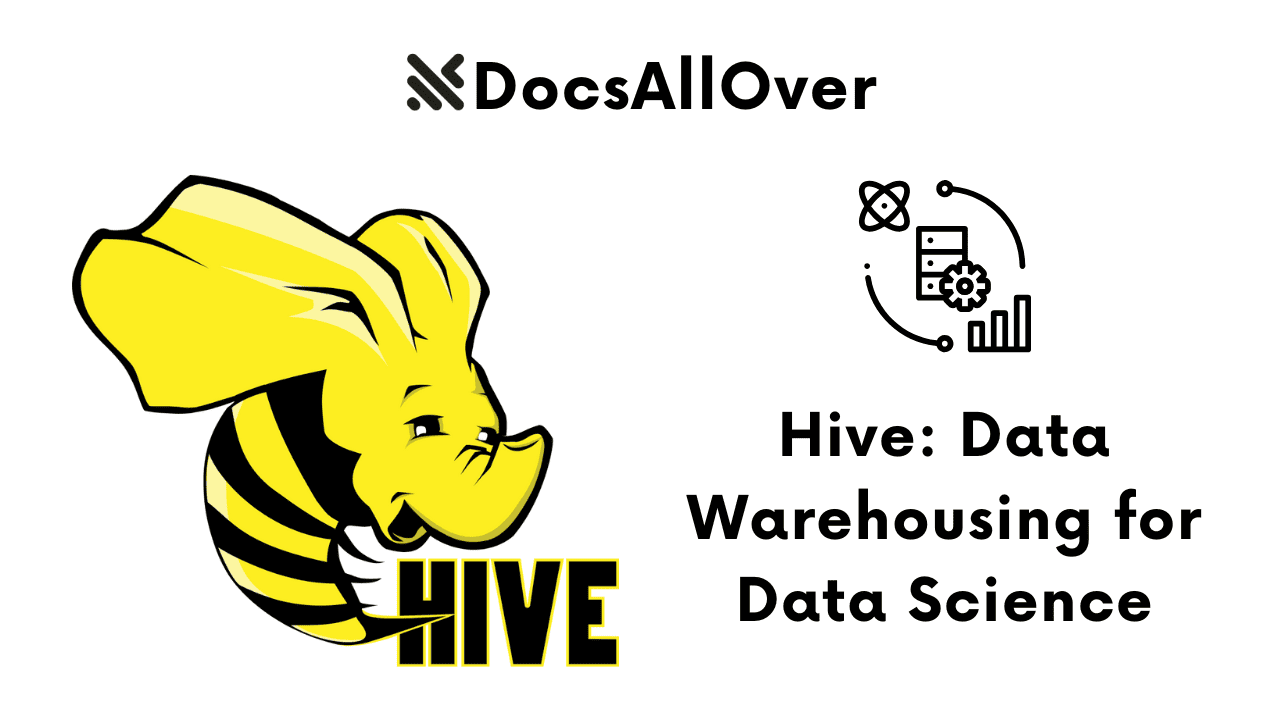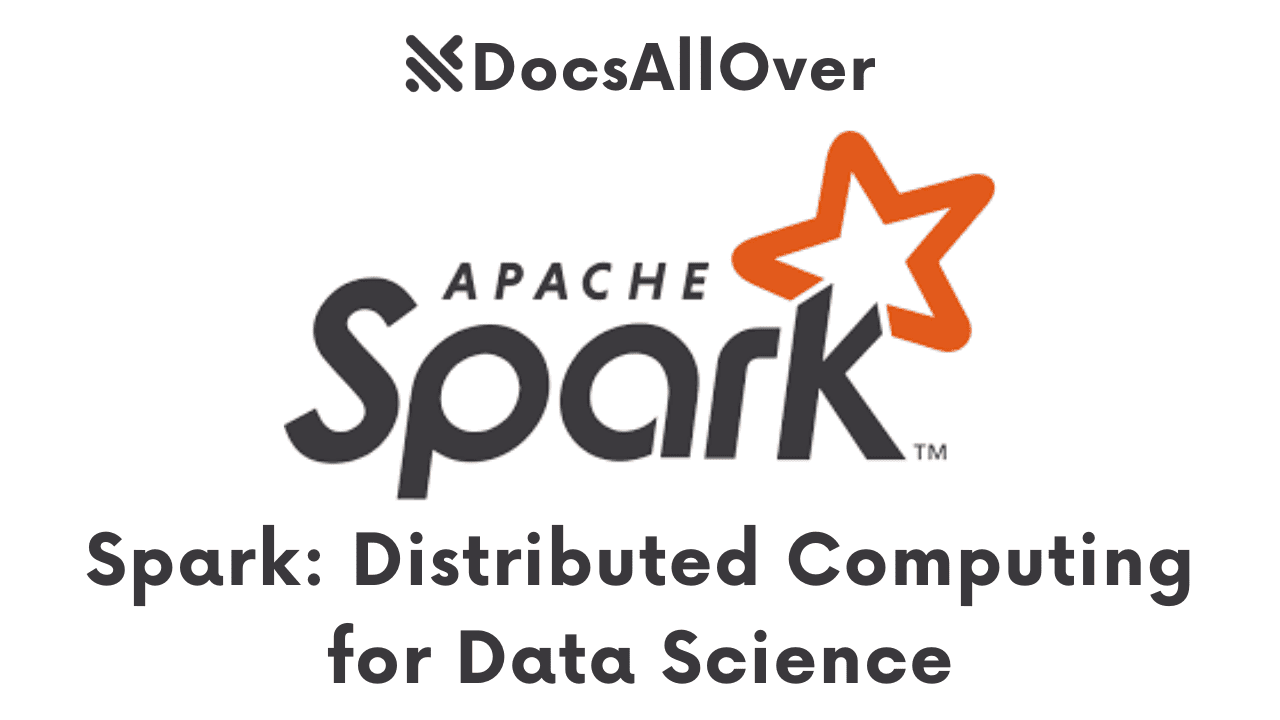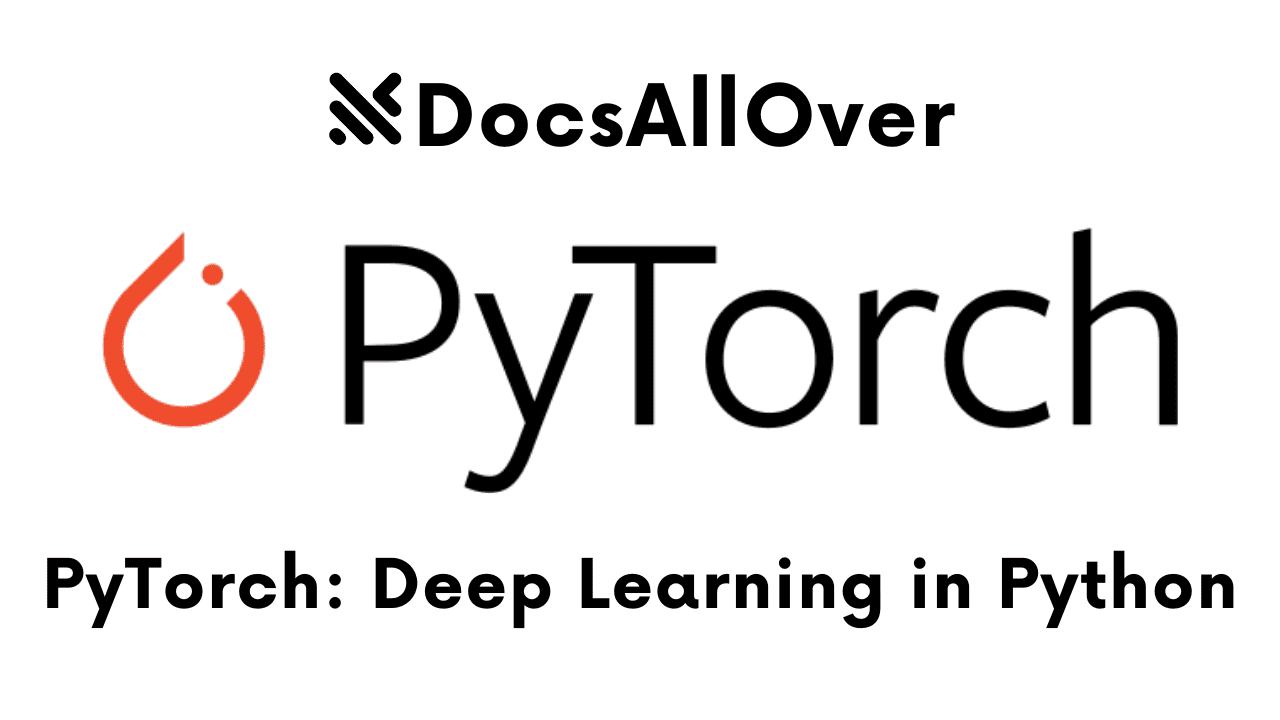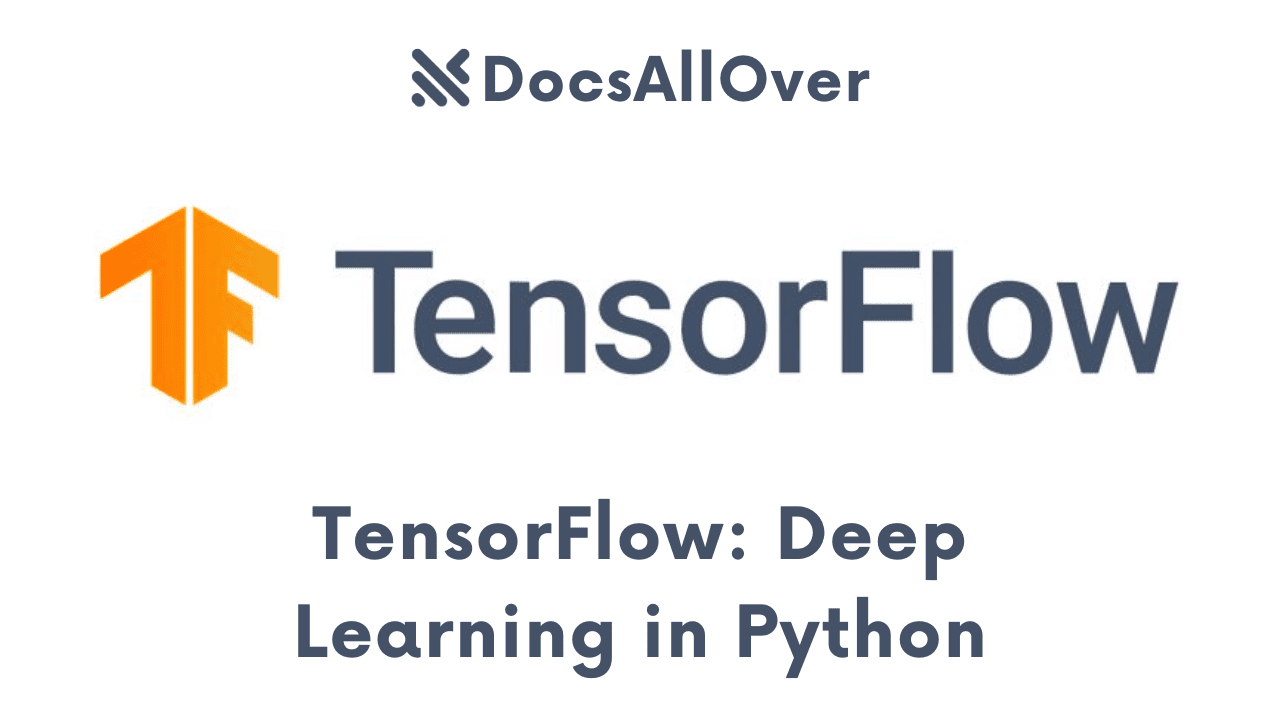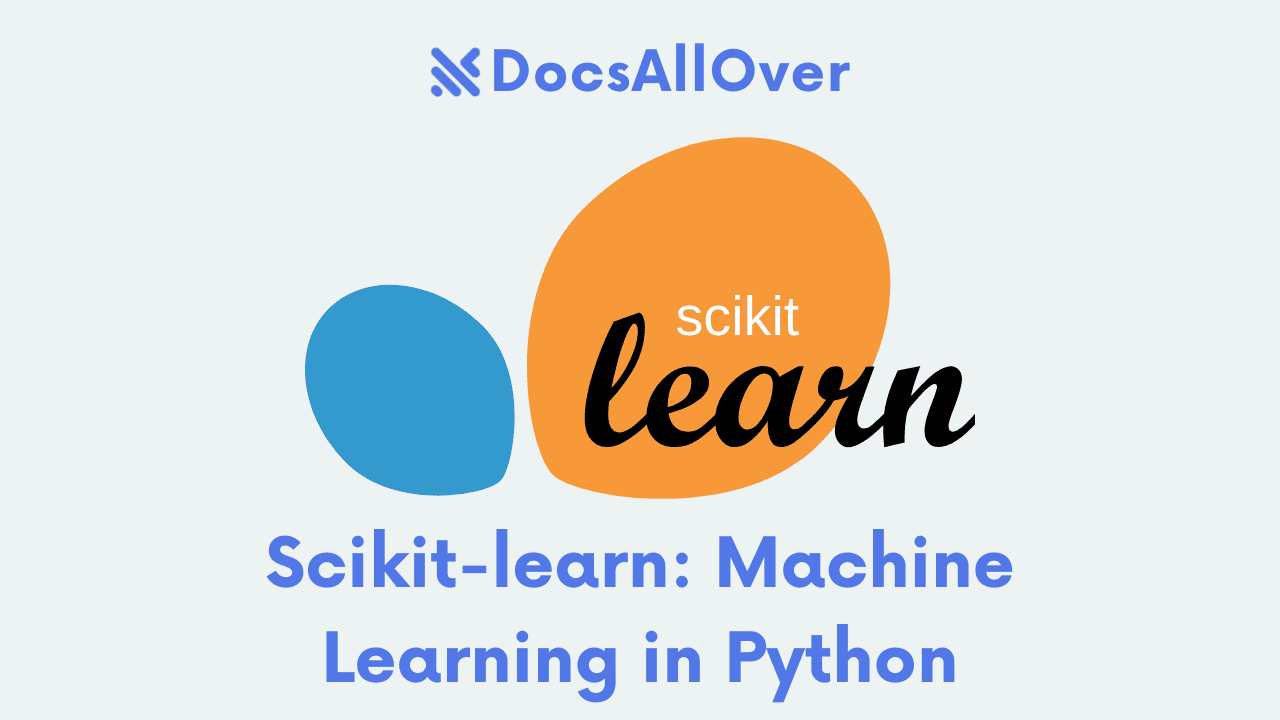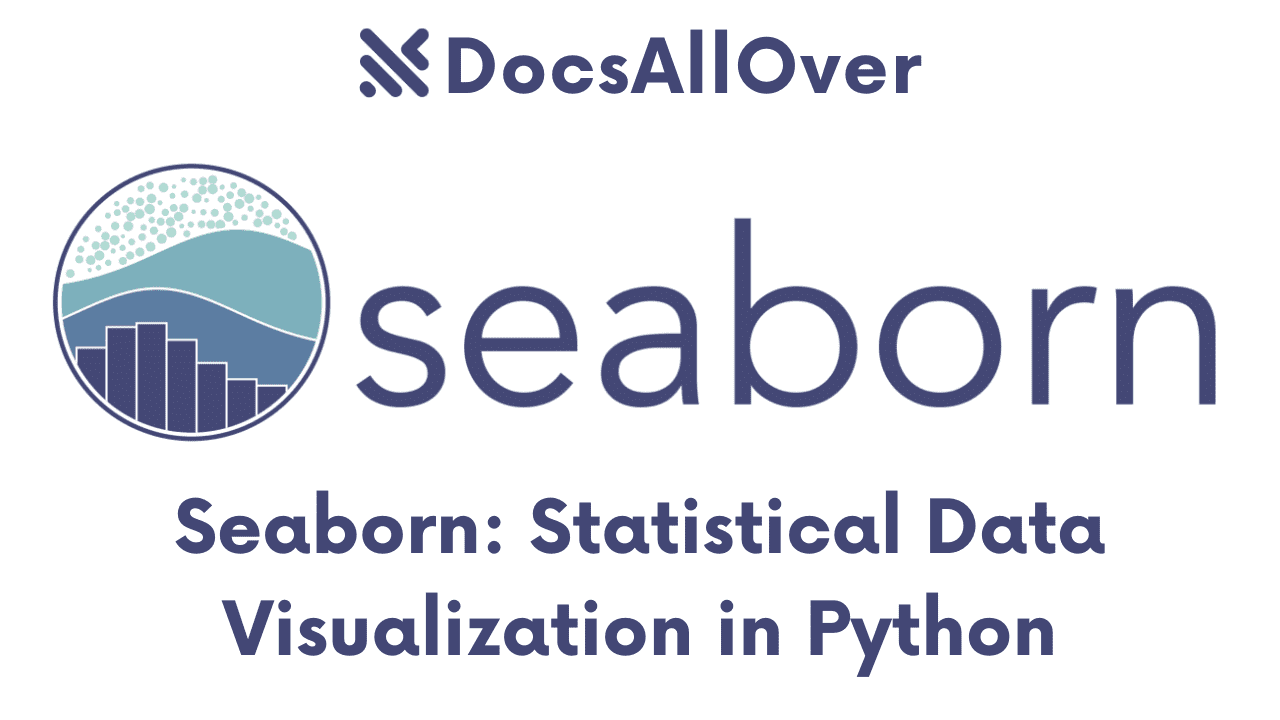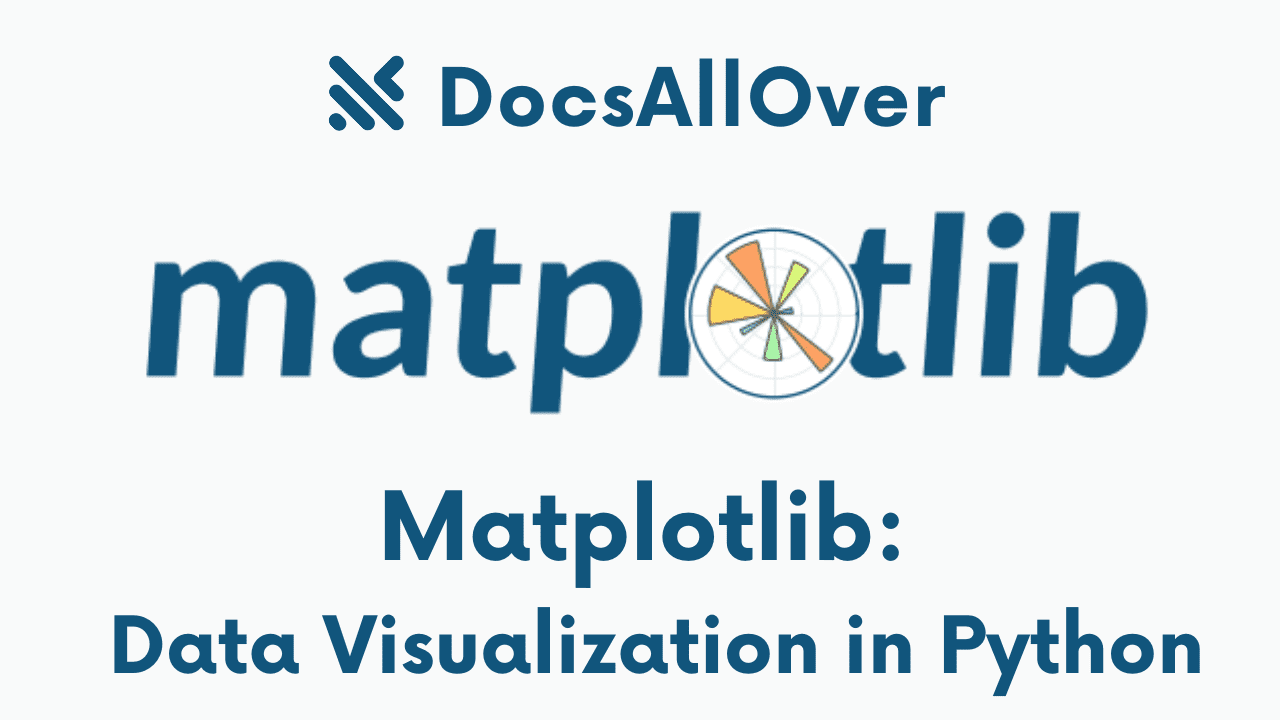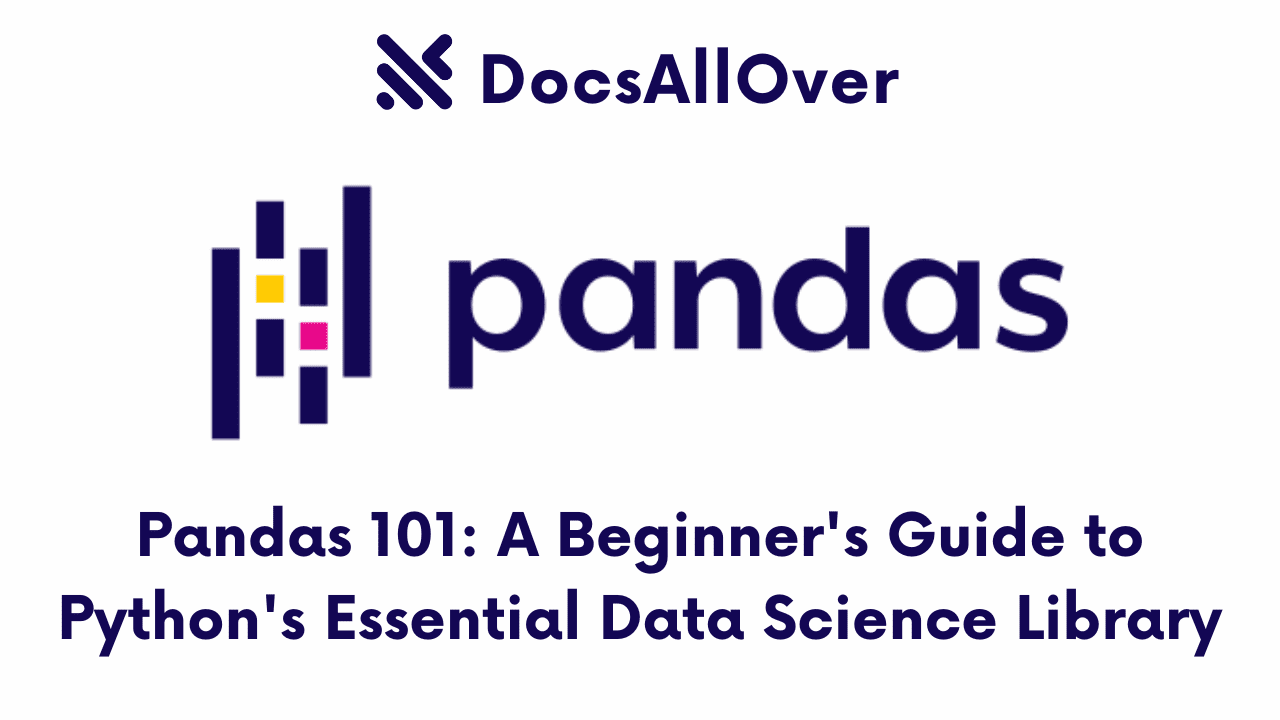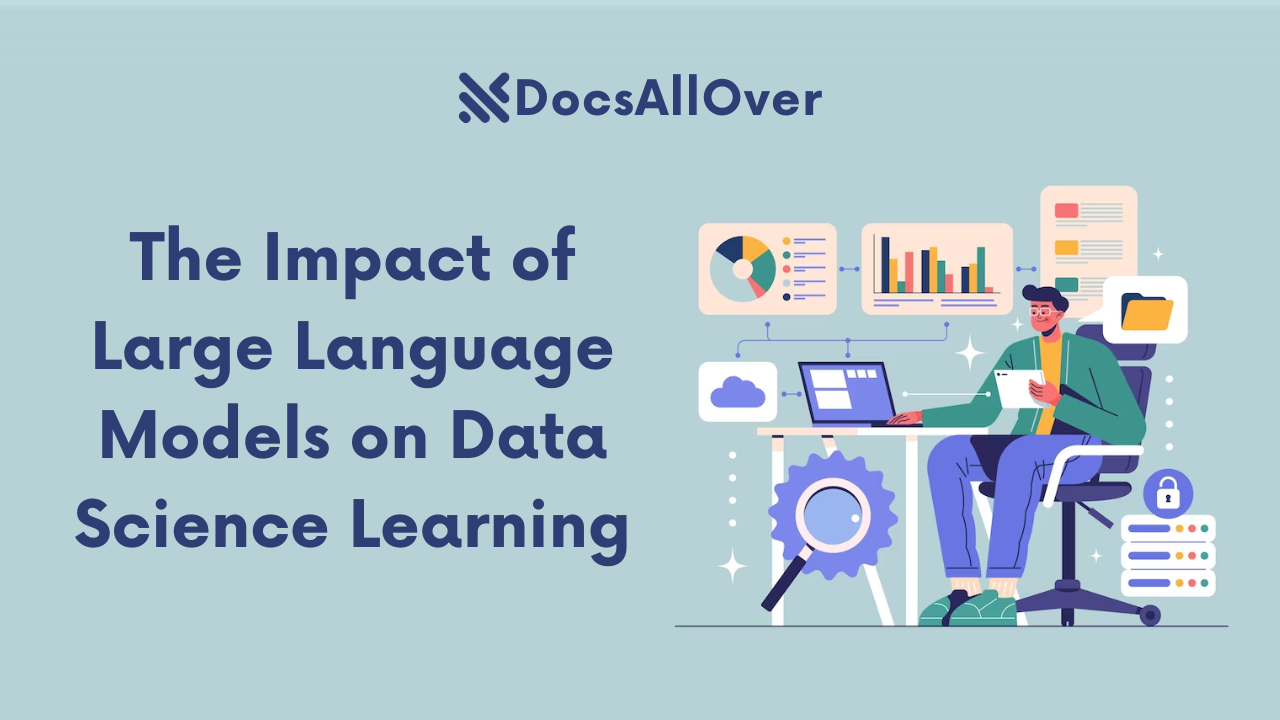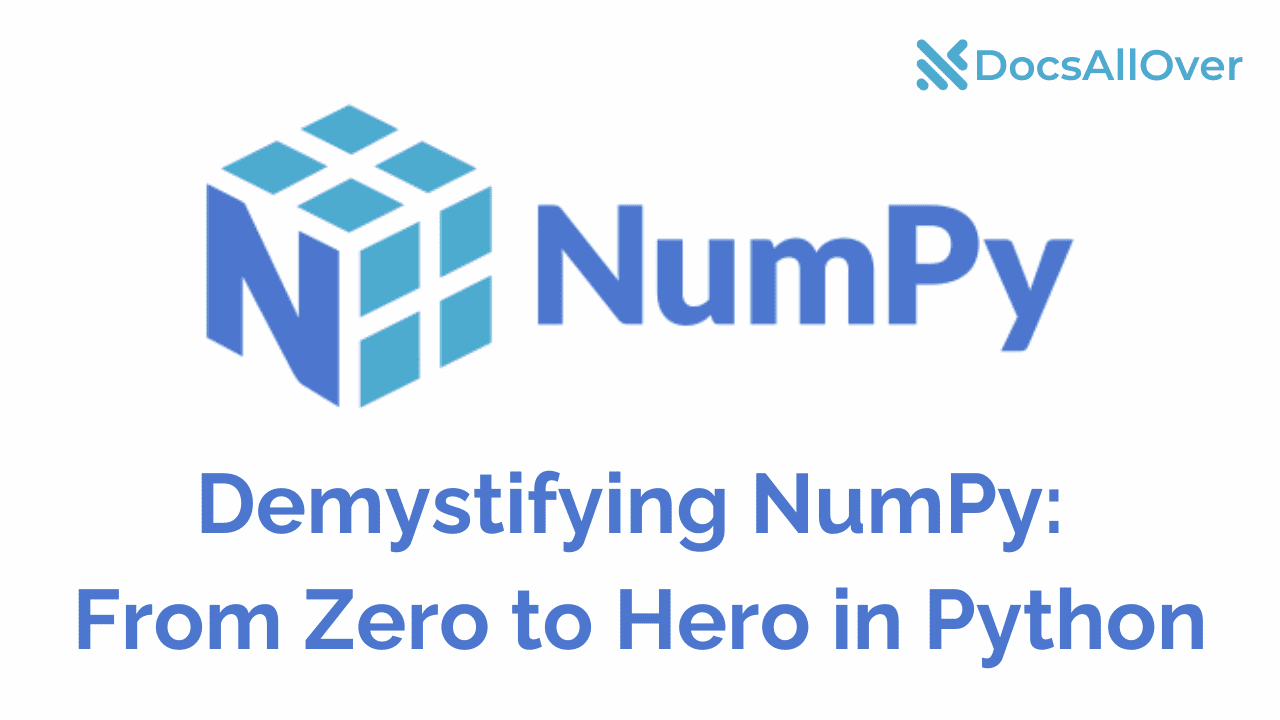Hadoop: Distributed Storage for Data Science
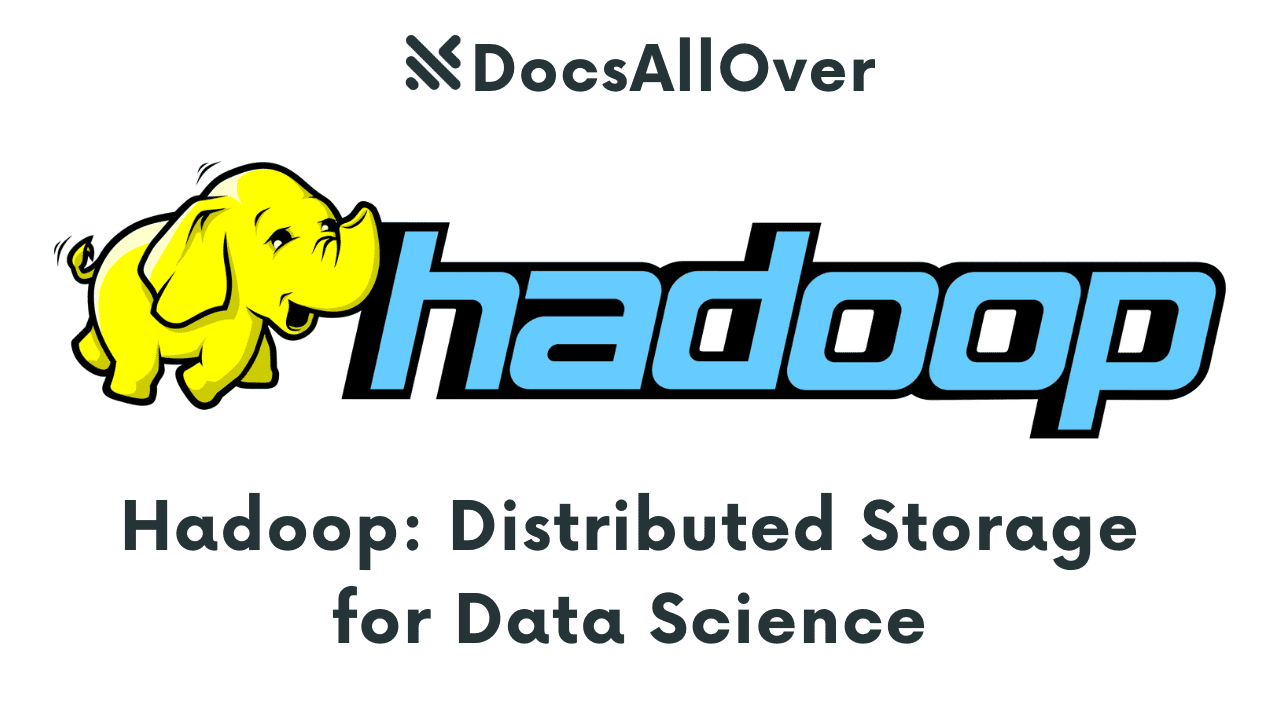
What is Hadoop and why is it important for Data Science?
- Hadoop is an open-source framework that allows for the distributed storage and processing of large datasets across clusters of commodity hardware.
- It's crucial for Data Science because it enables the analysis of massive datasets that would be impossible to handle with traditional data processing methods.
- Hadoop's ability to scale horizontally makes it ideal for storing and processing the vast amounts of data generated by modern applications and data sources.
- It empowers data scientists to perform complex data analysis, machine learning, and data mining tasks on Big Data.
Understanding the challenges of Big Data in Data Science.
- Volume: The sheer size of datasets can overwhelm traditional storage and processing systems.
- Velocity: The speed at which data is generated requires real-time or near real-time processing capabilities.
- Variety: Data comes from diverse sources and in various formats (structured, semi-structured, unstructured).
- Veracity: Data quality and consistency can be challenging to ensure.
- Complexity: Complex data relationships and dependencies require sophisticated analysis techniques.
These challenges necessitate distributed computing solutions like Hadoop to effectively extract insights from Big Data.
Overview of Hadoop's core components: HDFS, MapReduce, YARN.
- HDFS (Hadoop Distributed File System):
- A distributed file system designed to store large files across multiple machines.
- Provides fault tolerance and high throughput access to data.
- MapReduce:
- A programming model and software framework for distributed processing of large datasets.
- Breaks down processing tasks into "map" and "reduce" phases for parallel execution.
- YARN (Yet Another Resource Negotiator):
- A resource management framework that allows for the execution of various data processing applications on a Hadoop cluster.
- Separates resource management from processing, enabling multi-tenancy and the use of different processing engines.
Purpose of this blog post:
- To provide a comprehensive overview of Hadoop's role in Data Science.
- To explain the core components of Hadoop and how they work together.
- To demonstrate how Hadoop can be used for data storage, processing, and machine learning workflows.
- To introduce the Hadoop ecosystem, and its relavance to data scientists.
- To offer best practices and considerations for using Hadoop in data science projects.
- To equip readers with the knowledge needed to effectively utilize Hadoop for their data science needs.
Hadoop Distributed File System (HDFS)

Understanding distributed storage
- Distributed storage involves spreading data across multiple physical machines, rather than relying on a single centralized system.
- This approach enhances scalability, allowing for the storage of vast amounts of data by simply adding more machines to the cluster.
- It also improves fault tolerance, as the failure of one machine does not result in data loss.
- HDFS is designed to handle the massive datasets common in data science by providing a scalable and reliable distributed storage solution.
How HDFS works: NameNode, DataNodes, Block storage
- NameNode:
- The NameNode is the master server that manages the file system namespace and metadata.
- It keeps track of the location of data blocks across the cluster.
- It does not store the actual data; instead, it stores metadata like file names, directories, and block locations.
- DataNodes:
- DataNodes are slave servers that store the actual data blocks.
- They communicate with the NameNode to report their block locations and receive instructions.
- They perform read and write operations on the data blocks.
- Block storage:
- HDFS stores data in blocks, which are fixed-size chunks of data (typically 128MB or 256MB).
- These blocks are distributed across multiple DataNodes.
- Storing data in blocks simplifies data management and allows for parallel processing.
Benefits of HDFS for large datasets:
- Scalability: HDFS can scale horizontally to handle petabytes of data by adding more DataNodes.
- Fault tolerance: Data replication ensures that data is not lost in case of machine failures.
- High throughput: HDFS is optimized for high throughput read and write operations, which is essential for data-intensive applications.
- Cost-effectiveness: HDFS can run on commodity hardware, reducing the cost of storage infrastructure.
- Data locality: HDFS tries to place data blocks close to the computation nodes, which improves performance.
Data replication and fault tolerance in HDFS:
- HDFS replicates data blocks across multiple DataNodes to ensure fault tolerance.
- The replication factor (typically 3) determines the number of copies of each block.
- If a DataNode fails, the NameNode can retrieve the data from another DataNode that has a replica of the block.
- This replication strategy ensures that data is not lost even if multiple machines fail.
- HDFS also performs periodic block checks to ensure data integrity.
Accessing and managing data in HDFS:
- Data can be accessed and managed in HDFS using the Hadoop command-line interface (CLI).
- The
hdfs dfscommand is used to perform file system operations, such as creating directories, uploading files, and downloading files. - HDFS also provides APIs for various programming languages (e.g., Java, Python) to interact with the file system.
- Tools like Hue, and other web based interfaces can also be used to interact with HDFS.
- Data can also be accessed from mapreduce, spark, and other hadoop ecosystem tools.
MapReduce for Data Processing

Introduction to MapReduce programming model:
- MapReduce is a programming model and software framework for distributed processing of large datasets.
- It's designed to process data in parallel across a cluster of machines.
- The model consists of two main phases: "map" and "reduce."
- It abstracts away the complexities of distributed computing, allowing developers to focus on the data processing logic.
- It is designed to be fault tolerant.
How Map and Reduce phases work:
- Map Phase:
- The input data is divided into chunks and processed in parallel by "map" functions.
- The map function takes key-value pairs as input and produces intermediate key-value pairs.
- The intermediate key-value pairs are then sorted and grouped by key.
- Reduce Phase:
- The sorted and grouped intermediate key-value pairs are processed by "reduce" functions.
- The reduce function takes a key and its associated values as input and produces the final output.
- The output is written to HDFS.
Writing basic MapReduce programs for data analysis:
- MapReduce programs can be written in various programming languages, such as Java, Python, and C++.
- Developers define the map and reduce functions based on the specific data analysis task.
- The Hadoop framework handles the distributed execution of the map and reduce functions.
- Example: Word count program, which counts the occurrences of each word in a text file.
- Tools like Hadoop streaming allow for the use of any executable as a mapper or reducer.
Benefits of MapReduce for parallel processing:
- Scalability: MapReduce can scale to process petabytes of data by adding more machines to the cluster.
- Fault tolerance: The framework handles machine failures and data replication.
- Parallelism: Data is processed in parallel, which significantly reduces processing time.
- Simplicity: The programming model abstracts away the complexities of distributed computing.
Limitations of MapReduce and the rise of other processing frameworks:
- Disk-based processing: MapReduce relies heavily on disk I/O, which can be slow for iterative algorithms.
- Batch processing: MapReduce is designed for batch processing and is not suitable for real-time or interactive applications.
- Complexity: Writing complex MapReduce programs can be challenging.
- Rise of other processing frameworks:
- Spark: An in-memory processing framework that offers faster performance than MapReduce for iterative and interactive applications.
- Flink: A stream processing framework that enables real-time data analysis.
- These frameworks address the limitations of MapReduce and provide more versatile data processing capabilities.
YARN: Resource Management
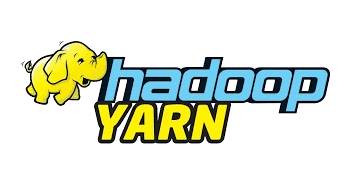
Understanding YARN's role in resource management:
- YARN (Yet Another Resource Negotiator) is Hadoop's resource management framework.
- It separates resource management from the processing layer, allowing for more flexible and efficient cluster utilization.
- YARN manages the allocation of cluster resources (CPU, memory, etc.) to various applications running on the Hadoop cluster.
- It enables multiple data processing engines (like MapReduce, Spark, and Flink) to run on the same cluster.
How YARN works: ResourceManager, NodeManager, ApplicationMaster:
- ResourceManager (RM):
- The global resource manager that arbitrates system resources among all applications.
- It receives requests from applications and allocates resources based on availability and policies.
- It consists of two main components: the Scheduler and the ApplicationsManager.
- NodeManager (NM):
- The per-machine agent that manages containers on a single node.
- It monitors resource usage and reports to the ResourceManager.
- It launches and manages containers on behalf of the ApplicationMaster.
- ApplicationMaster (AM):
- The per-application manager that negotiates resources from the ResourceManager and works with the NodeManagers to execute tasks.
- It is responsible for monitoring the progress of the application and handling failures.
- Each application running on YARN has its own ApplicationMaster.
Benefits of YARN for cluster utilization:
- Improved resource utilization: YARN allows for more efficient use of cluster resources by dynamically allocating them to applications.
- Multi-tenancy: YARN enables multiple applications to run on the same cluster, improving resource sharing.
- Scalability: YARN can scale to handle large clusters with thousands of nodes.
- Flexibility: YARN supports various data processing frameworks, allowing for diverse workloads.
- Isolation: YARN provides resource isolation between applications, preventing interference.
YARN and its impact on multi-tenancy:
- YARN's architecture allows multiple applications to share the same Hadoop cluster.
- This multi-tenancy capability improves resource utilization and reduces infrastructure costs.
- YARN's resource management features ensure that applications do not interfere with each other.
- Queues and resource allocation policies can be configured to prioritize certain applications or users.
Integrating other processing frameworks with YARN:
- YARN's architecture allows for the integration of various data processing frameworks, such as Spark, Flink, and Tez.
- These frameworks can run on the same Hadoop cluster, sharing resources and data.
- This integration provides flexibility and allows organizations to use the best tools for their specific data processing needs.
- YARN abstract the underlying hardware, allowing for a plug and play like system.
Hadoop Ecosystem for Data Science
Overview of key Hadoop ecosystem components: Hive, Pig, Spark, HBase:
- Hive: A data warehousing tool that enables SQL-like queries on Hadoop data.
- Pig: A high-level data flow language and execution framework for parallel data processing.
- Spark: A fast and general-purpose cluster computing system for big data processing.
- HBase: A NoSQL distributed, scalable, big data store. It provides random, real-time read/write access to your Big Data.
Using Hive for SQL-like queries on Hadoop data:

- Hive allows data scientists to use familiar SQL syntax to query and analyze data stored in HDFS.
- It translates SQL-like queries into MapReduce or Spark jobs, abstracting away the complexities of distributed processing.
- Hive is well-suited for batch processing and data warehousing tasks.
- It supports various data formats and provides schema management capabilities.
- It is very useful for data exploration, and creating data summaries.
Using Pig for data transformation and analysis:

- Pig provides a high-level data flow language (Pig Latin) that simplifies data transformation and analysis.
- It allows data scientists to define complex data pipelines without writing low-level MapReduce code.
- Pig is well-suited for ETL (Extract, Transform, Load) tasks and data preprocessing.
- It is very good at handling unstructured, and semi-structured data.
- Pig is useful for data cleaning, filtering, and aggregation.
Introduction to Spark and its advantages over MapReduce:

- Spark is a fast and general-purpose cluster computing system that provides in-memory data processing.
- It offers significant performance improvements over MapReduce for iterative and interactive applications.
- Spark provides a rich set of libraries for data processing, machine learning (MLlib), and stream processing (Spark Streaming).
- Spark is very useful for real time data analysis, and machine learning.
- It offers a unified platform for various data processing tasks, simplifying the data science workflow.
- Spark can run on YARN.
Using HBase for NoSQL database capabilities:

- HBase is a distributed, scalable, NoSQL database that provides random, real-time read/write access to large datasets.
- It is designed to handle sparse data and offers high throughput and low latency.
- HBase is well-suited for applications that require random access to data, such as real-time analytics and online serving.
- It integrates well with other Hadoop ecosystem components, such as Hive and Spark.
- Hbase is very useful for applications that require fast access to specific rows of data.
Hadoop in Machine Learning Workflows
Storing and processing training data in Hadoop:
- Hadoop's HDFS provides a scalable and fault-tolerant storage solution for massive training datasets.
- Data scientists can store raw data, preprocessed data, and intermediate results in HDFS.
- MapReduce or Spark can be used to perform data preprocessing tasks, such as cleaning, transformation, and feature extraction.
- Hadoop's distributed processing capabilities enable efficient data preparation for machine learning models.
- Data stored in HDFS can be accessed by various machine learning libraries.
Integrating machine learning libraries with Hadoop (e.g., Mahout, Spark MLlib):
Mahout:

- A machine learning library that runs on top of Hadoop.
- Provides scalable machine learning algorithms for clustering, classification, and recommendation.
- Mahout jobs can be executed as MapReduce jobs on a Hadoop cluster.
Spark MLlib:

- Spark's machine learning library that provides a wide range of machine learning algorithms.
- MLlib offers significant performance improvements over Mahout due to Spark's in-memory processing.
- Spark MLlib can directly access data stored in HDFS and leverage YARN for resource management.
- Spark is the most commonly used Machine learning tool on the hadoop ecosystem.
Scaling machine learning models with Hadoop:
- Hadoop's distributed processing capabilities enable the training of machine learning models on massive datasets.
- Spark's distributed computing framework allows for parallel training of machine learning models.
- YARN's resource management features ensure efficient utilization of cluster resources during model training.
- Hadoop can handle the large-scale data processing required for training complex machine learning models.
- Distributed training allows for the training of extremely large models.
Real-world examples of Hadoop in Machine Learning:
- Recommendation Systems:
- Hadoop can be used to process user behavior data and train recommendation models.
- Spark MLlib's collaborative filtering algorithms can be used to generate personalized recommendations.
- Fraud Detection:
- Hadoop can be used to analyze large volumes of transaction data and identify fraudulent patterns.
- Machine learning models can be trained on Hadoop to detect anomalies and predict fraudulent activities.
- Natural Language Processing (NLP):
- Hadoop can be used to process large text datasets and train NLP models.
- Spark MLlib's text processing algorithms can be used for tasks like sentiment analysis and topic modeling.
- Image Analysis:
- Hadoop can store and process large amounts of image data.
- Distributed deep learning frameworks can be used in conjunction with hadoop to train image recognition models.
- Log Analysis:
- Hadoop can be used to process server logs, and other large log files, to find patterns, and anomalies.
Best Practices and Considerations
Data ingestion and preprocessing for Hadoop:
- Data Ingestion:
- Use tools like Sqoop to import data from relational databases into HDFS.
- Use Flume to ingest streaming data from various sources into HDFS.
- Use Kafka to ingest real-time streaming data.
- Consider data formats like Parquet or ORC for efficient storage and querying.
- Data Preprocessing:
- Use Spark or Pig for data cleaning, transformation, and feature engineering.
- Perform data validation and quality checks to ensure data integrity.
- Use data partitioning and bucketing to optimize data access and processing.
- Implement data serialization and compression to reduce storage and processing overhead.
- Consider the use of data governance tools.
Optimizing Hadoop performance for data science tasks:
- Resource Allocation:
- Configure YARN resource allocation based on workload requirements.
- Tune MapReduce or Spark job parameters for optimal performance.
- Data Locality:
- Optimize data locality to minimize network I/O.
- Place computation close to the data.
- Data Format and Compression:
- Use efficient data formats like Parquet or ORC.
- Apply compression techniques to reduce storage and network overhead.
- Hardware Considerations:
- Use high-performance hardware for storage and processing.
- Optimize network configuration for high throughput.
- Job Optimization:
- Optimize mapreduce and spark jobs.
- Tune the number of mappers and reducers.
- Monitoring:
- Implement monitoring tools to track cluster performance and identify bottlenecks.
Security considerations in Hadoop deployments:
- Authentication:
- Use Kerberos for strong authentication.
- Implement role-based access control (RBAC).
- Authorization:
- Use Apache Ranger or Sentry for fine-grained authorization.
- Control access to HDFS files and directories.
- Data Encryption:
- Encrypt data at rest and in transit.
- Use SSL/TLS for secure communication.
- Auditing:
- Implement auditing to track user activity and data access.
- Monitor security logs for suspicious activity.
- Network Security:
- Secure network communication between Hadoop components.
- Use firewalls and intrusion detection systems.
- Data Masking:
- Mask sensitive data.
Cloud-based Hadoop solutions (e.g., AWS EMR, Google Cloud Dataproc):
- AWS EMR (Elastic MapReduce):
- A managed Hadoop framework that simplifies the deployment and management of Hadoop clusters on AWS.
- Provides integration with other AWS services, such as S3 and EC2.
- Offers flexible scaling and cost optimization options.
- Google Cloud Dataproc:
- A managed Hadoop and Spark service on Google Cloud Platform.
- Provides fast and cost-effective data processing capabilities.
- Integrates with other Google Cloud services, such as Cloud Storage and BigQuery.
- Cloud based solutions remove much of the overhead of cluster management.
- Cloud based solutions allow for easy scaling.
- Cloud based solutions allow for cost optimization.
